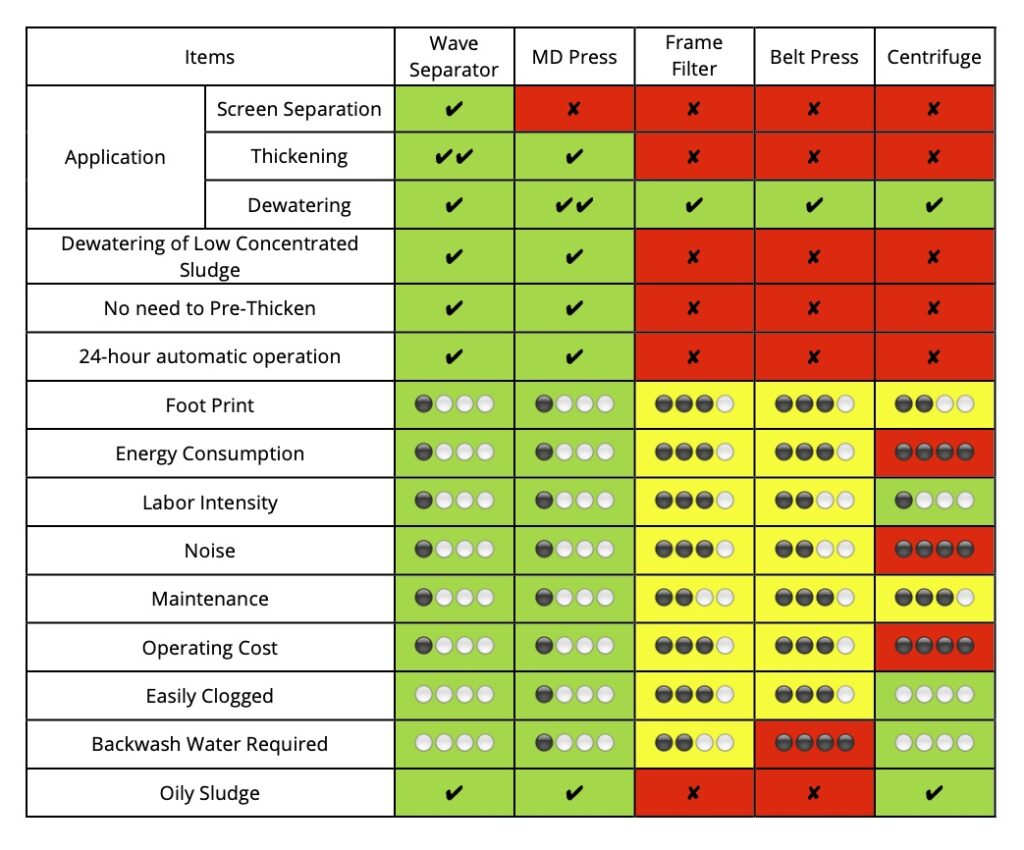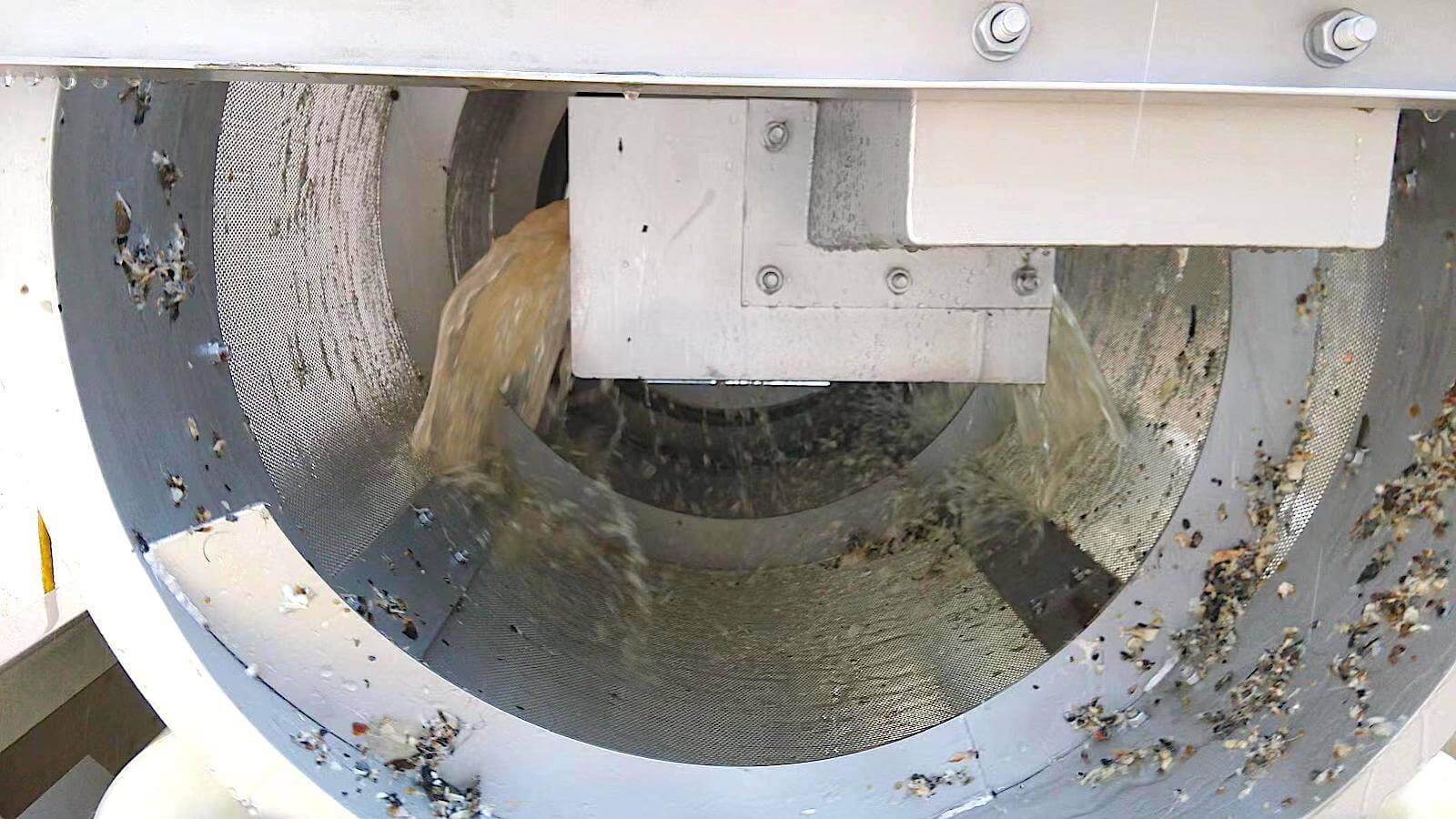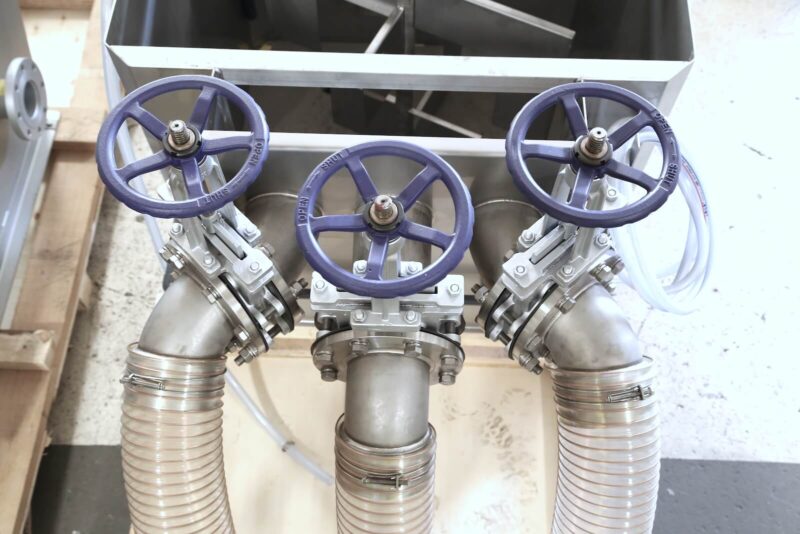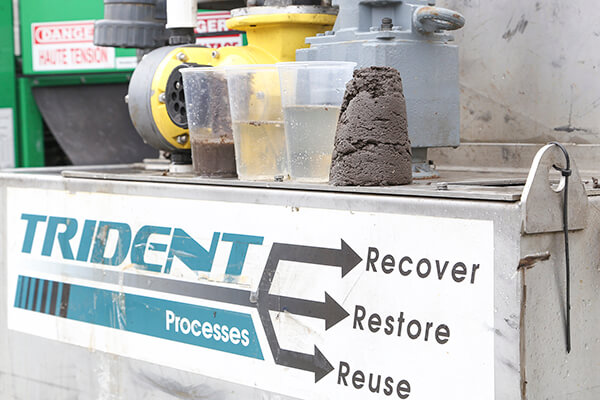One of the main objectives when processing liquid waste from food processing applications is the…
Centrifuge and MD Press
How do centrifuge and MD Press compare?
Abbotsford, BC – August 12th, 2020. A comparison between a centrifuge and MD Press reveals some fundamental differences in equipment design and operation. Many wastewater treatment operators would consider both as key equipment in modern sludge treatment applications, depending on their preferences. But the decision for either one technology is usually based on specific parameters that the job site dictates. Lets look at some specific examples to better understand where each technology has their strengths.
As far as the feedstock; both technologies are very versatile and can process a variety of materials. The MD Press’ ability to separate oily sludge makes it especially attractive for food processing or oil & gas applications.
Operation
The dimensions of a centrifuge and MD Press are relatively comparable. For small to mid range treatment volume, the MD Press typically requires a bit smaller foot print. The first major difference is the energy requirement. Given the high rotational speed of a centrifuge, it is easy to understand their need for powerful motors. Unfortunately this also results in much higher energy costs. A comparison during a 25 gpm sludge dewatering project (with 3% TS influent sludge) showed 1.2 KW for the MD Press and 23 KW for the centrifuge. For comparison: the centrifuge runs at 1,500 rpm whereas the MD operates at 3.5 rpm. This also explains the substantial noise generation of a centrifuge. The cake output was comparable with approx. 18% dry matter.
When the equipment is running they both require very little operator management or interference; especially compared to a belt press. The MD Press has an automated CIP system that controls the periodic wash water cycles (at a rate of 5 gpm for 30 sec usually 5-6 times/day).

The chart provides a general comparison of different sludge treatment technologies. The Wave Separator and the MD Press are both known for their efficiency.
Maintenance
Lets look at maintenance. Centrifuges are manufactured with very precise specs and tight tolerances to ensure safe operation at high speeds. The encapsulated equipment design also adds to the complexity during maintenance. A centrifuge rebuild is usually done at the manufactures plant or at a specialized service company. For the most part that includes time consuming shipping and downtime of several weeks or expensive equipment rentals. All MD models feature a cassette style design that allows the replacement of a dewatering cylinder within a few hours. In fact, the multi cylinder MD models can continue to run with an individual cylinder shut off or removed.
The bottom line: both technologies provide excellent dewatering performance. The choice often depends on operational and maintenance related preferences. If you are interested in learning which equipment is recommended for your specific application, give us a call at 1-800-799-3740.



